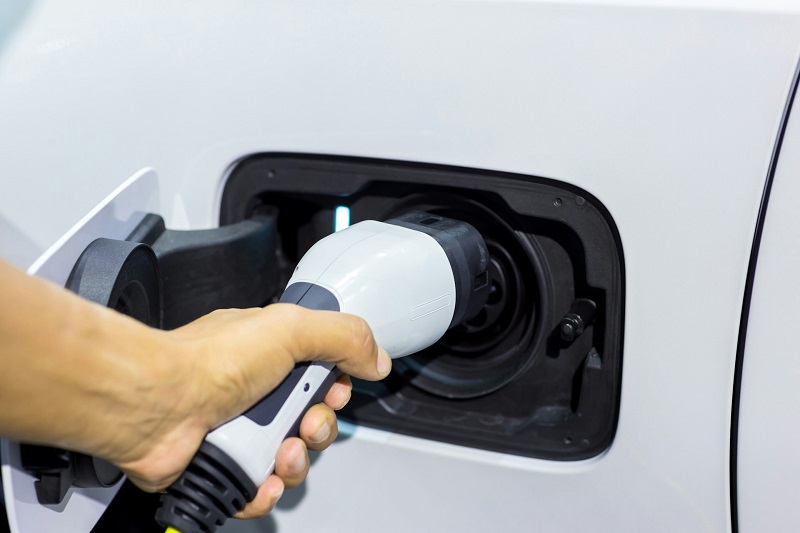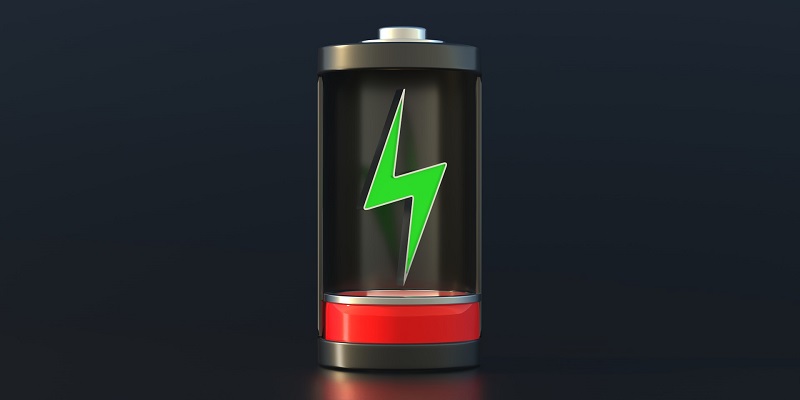The National Institute for Materials Science (NIMS), in collaboration with Seikei University, has successfully enhanced the power output of...
Vous n'êtes pas connecté
- English
- Français
- عربي
- Español
- Deutsch
- Português
- русский язык
- Català
- Italiano
- Nederlands, Vlaams
- Norsk
- فارسی
- বাংলা
- اردو
- Azərbaycan dili
- Bahasa Indonesia
- Հայերեն
- Ελληνικά
- Bosanski jezik
- українська мова
- Íslenska
- Türkmen, Түркмен
- Türkçe
- Shqip
- Eesti keel
- magyar
- Қазақ тілі
- Kalaallisut ; kalaallit oqaasii
- Lietuvių kalba
- Latviešu valoda
- македонски јазик
- Монгол
- Bahasa Melayu ; بهاس ملايو
- ဗမာစာ
- Slovenščina
- тоҷикӣ ; toğikī ; تاجیکی
- ไทย
- O'zbek ; Ўзбек ; أۇزبېك
- Tiếng Việt
- ភាសាខ្មែរ
- རྫོང་ཁ
- Soomaaliga ; af Soomaali
العناوين :
 Maroc - LOVABLEVIBES.CO - A La Une - 24/Feb 22:14
Maroc - LOVABLEVIBES.CO - A La Une - 24/Feb 22:14
Tin foam powers new battery electrode innovation
Tin can be processed into a highly porous foam. An interdisciplinary team at HZB has investigated how this tin foam (pictured) behaves as a battery electrode. Credit: B. Bouabadi/HZB Metal-based electrodes in lithium-ion batteries promise significantly higher capacities than conventional graphite electrodes. Unfortunately, they degrade due to mechanical stress during charging and discharging cycles. A […]
Articles similaires
Electrode porosity control boosts lithium-air battery output tenfold
The National Institute for Materials Science (NIMS), in collaboration with Seikei University, has successfully enhanced the power output of...
Scandium doping technique extends sodium-ion battery life
Because lithium is relatively scarce and sodium is abundant in Earth's crust, sodium-ion batteries are being investigated as viable, cost-effective...
Novel technology transforms industrial graphite waste into high-performance battery anodes
A KIER research team led by Dr. Yu-Jin Han and Dr. Sang-Hoon Park has developed a core technology to refine industrial graphite byproducts into...
New electric vehicle battery can charge in 12 minutes for 800 km drive
Electric vehicles (EVs) are about to get a huge boost thanks to a new battery technology from Korean researchers. For years, scientists have been...
New electric vehicle battery can charge in 12 minutes for 800 km drive
Electric vehicles (EVs) are about to get a huge boost thanks to a new battery technology from Korean researchers. For years, scientists have been...
Scandium could boost sodium-ion batteries for longer life, study finds
As the world searches for alternatives to lithium-ion batteries, sodium-ion batteries are emerging as a promising solution. Sodium is far more...
Scandium could boost sodium-ion batteries for longer life, study finds
As the world searches for alternatives to lithium-ion batteries, sodium-ion batteries are emerging as a promising solution. Sodium is far more...
‘Every community is at risk’: Queens residents erupt over proposed lithium-ion battery site
A quiet neighborhood in Hollis became the scene of a fiery community protest Saturday, Sept. 13, as southeast Queens residents gathered to denounce a...
‘Every community is at risk’: Queens residents erupt over proposed lithium-ion battery site
A quiet neighborhood in Hollis became the scene of a fiery community protest Saturday, Sept. 13, as southeast Queens residents gathered to denounce a...
أحدث الإصدارات
-
Decisions of the Board of Directors of Ecopetrol S.A.
Ecopetrol S.A. - 19/08/2025


